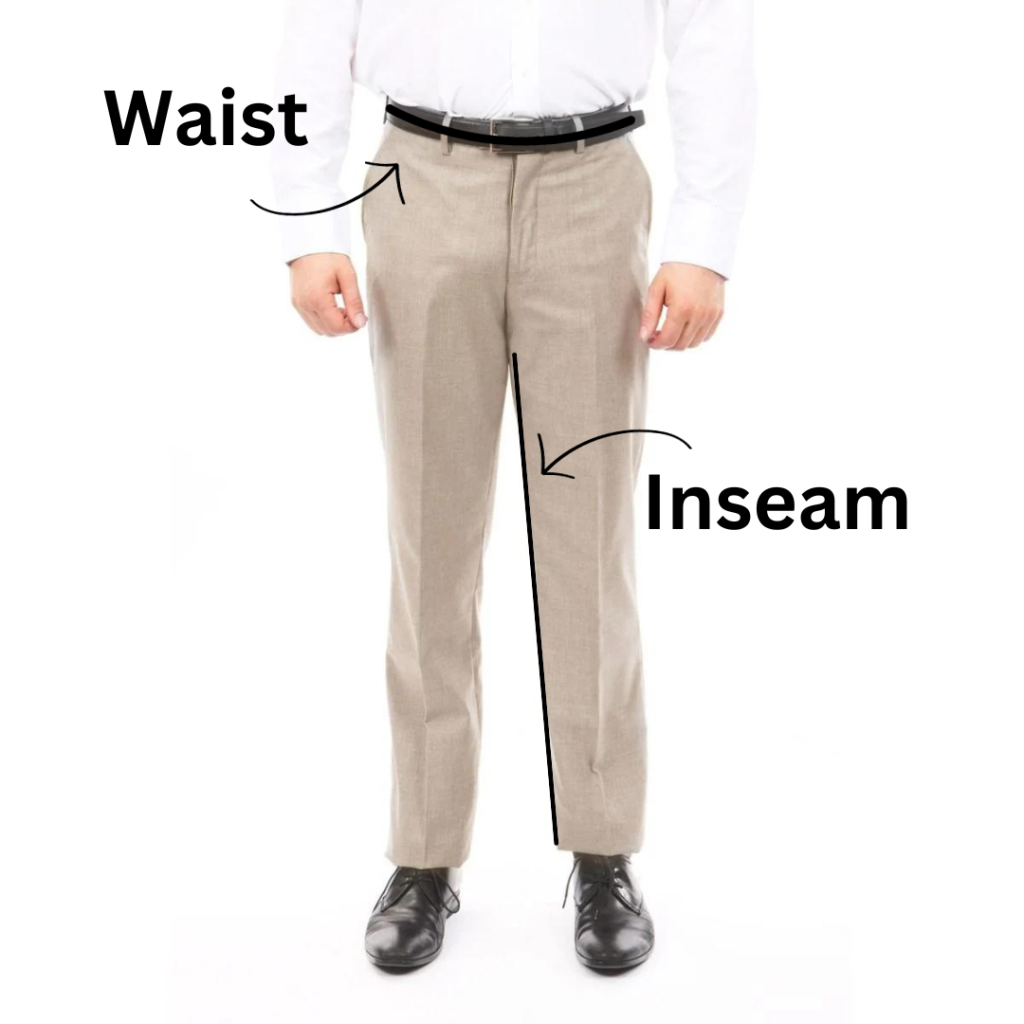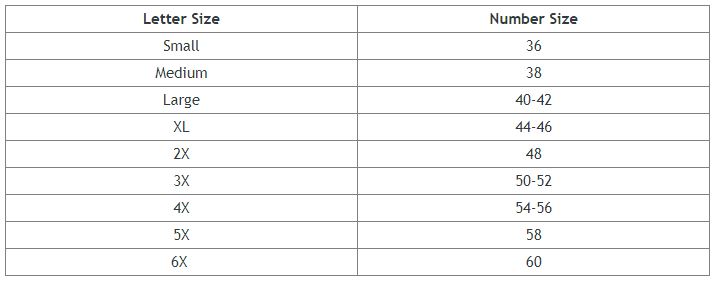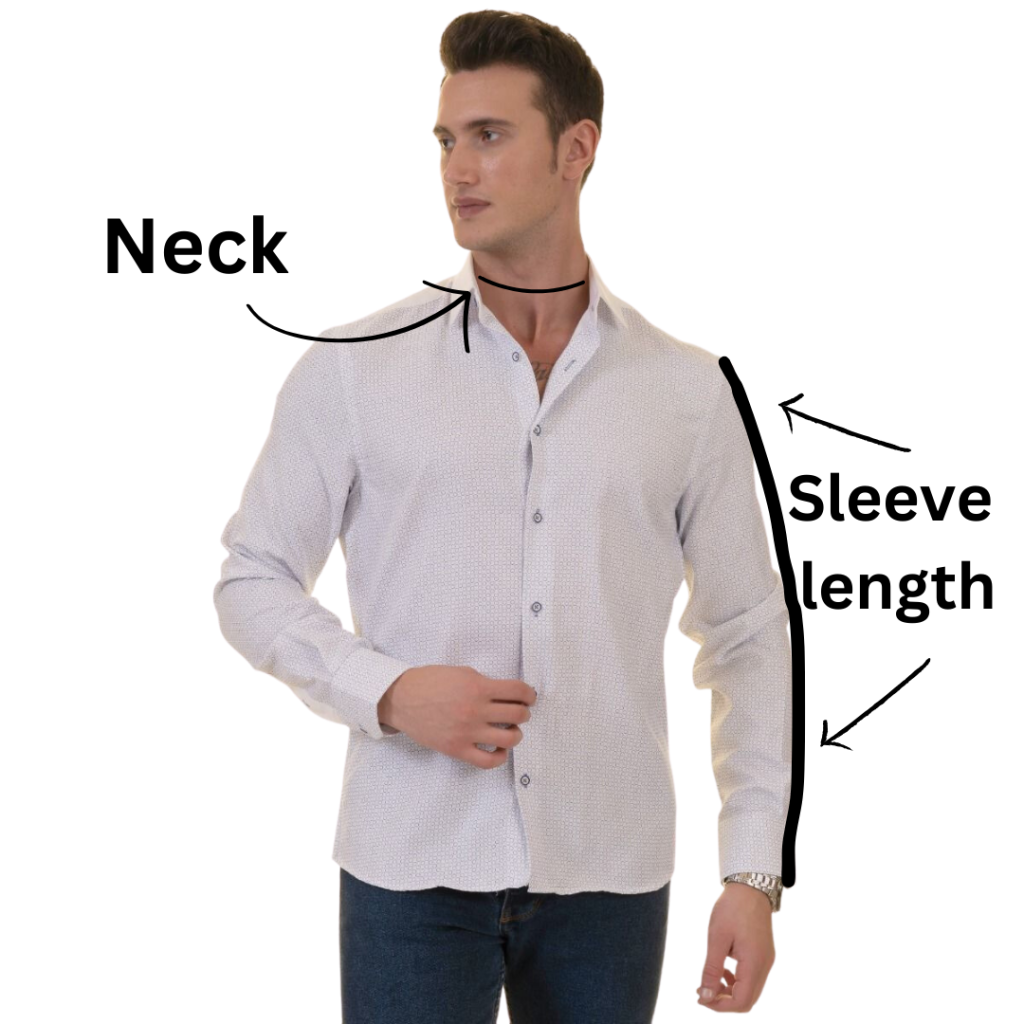What Is My Suit Size? Men's Tips for Measuring
As you dive into shopping for the suave suit of your dreams, you might find yourself asking, "What is my suit size, anyway?" Whether you've been wearing hand-me-downs for most of your life or have undergone a recent body transformation, it's not uncommon to not be familiar with your suit size. However, it is important to know your current, accurate suit size before investing in a new suit. Have no fear — CCO Menswear is here with everything you need to know about finding your perfect suit size: key measurements, tips for measuring, and more.
Pro tip: try our suit size estimator
Before you dive into the nitty gritty of how to figure out your suit size, know that we are here to help. We've created our very own suit size estimator to help you find your perfect fit. All we need is your build type, waist measurement, and height to lead you to an expert opinion on what suit size you need. Read on to learn how to measure your waist!
How does suit sizing work?
Most suits (including those from CCO Menswear) are sold as a set of jacket and pants. The most important thing to know about men's suit sizing is that the suit size you select is actually based on the jacket size rather than the pant size. "Why?", you ask? Because pants are MUCH easier to alter than jackets.
Pants will typically be six inches smaller than the jacket. This difference is called a "drop", and six inches is the industry standard. For example: if you see a suit sized 46R, that will come with pants with a waist size of 40".
How much can you alter suit pants?
This is a common question and concern for men during the suit-shopping process. Good news: there is usually enough extra fabric in the pants for a tailor to let them out up to two inches or take them in up to four inches without hindering the look of the pants. Unless otherwise stated in the description, all CCO Menswear suit pants arrive with an unhemmed length of about 38-39 inches. Because of this, alterations are always necessary when purchasing a new suit.
How do I measure my inseam and waist?
Your inseam and waist are the key measurements needed to identify pant size and assist with finding your suit size. First things first: make sure you are using tailor's tape or a fabric tape measure that is flexible enough to get an accurate reading. Sorry, fellas — a standard measuring tape that you use for hardware projects is NOT going to cut it.

To measure your waist, wrap the tape measure around where your pants will sit, roughly right above your hips. Make sure the tape measure is comfortable and not too tight. As explained above, there is some wiggle room when it comes to tailoring. It is always better to size up rather than size down. Comfort leads to confidence!
Now for the inseam: the inseam is the length of the pants from the crotch to the ankle. For this measurement, be sure to put on your shoes before busting out the tape measure! This will give you a realistic visual of where you'd like your pants to fall. Inseam length totally depends on your preferred style. Some men like their pants longer (with room for a break) and others opt for a shorter look that exposes the ankles when sitting down. Common inseam lengths for men are 30, 32, and 34. The unhemmed length of pants is about 38-39 inches, so tailors have plenty of material to work with for taller men.
How do I know my suit size if I know I wear a "small", "medium", "large", etc.?
Did you know Small, Medium, Large, Extra Large, and so on are called letter sizes? This is also known as alpha sizing. Since most people know their typical letter size, this can be a great way to narrow down what number size you might wear.
On the contrary, you might know your suit size, but unsure where that falls in letter sizing. Some clothing, like sport coats, walking suits, and outerwear, come in letter sizes rather than numbers. Fun fact: top coats are sized to have room for a suit or sweater underneath — no need to size up!
Here's a good comparison chart to match up your letter size with your corresponding number size, and vice versa.

How do I measure myself for a dress shirt?
If there's one thing we know for sure, it's that the fit of a dress shirt can make the difference between looking dapper and looking sloppy. Here's how to get the best fit.

To find your collar size, measure around the base of your neck where your shirt collar sits comfortably. As with measuring your waist size, don't pull the tape measure too snug around your neck. No need to choke yourself! You should be able to move your head side to side AND be able to slide two fingers underneath to make sure you've got it just right.
As for sleeve length, start the measurement at the peak of of your shoulder and extend it down your straightened arm to your wrist bone — or wherever you like your cuff to sit. You'll want to round up to the nearest half an inch.
There you have it: everything you need to know to find your suit size. Don't forget to take advantage of our suit size estimator! Now, the next step in your process is to identify your preferred fit. There are standard fit suits, hybrid-fit suits, and a whole range of slim-fit suits. And lucky for you, CCO Menswear has them all. Happy shopping!
